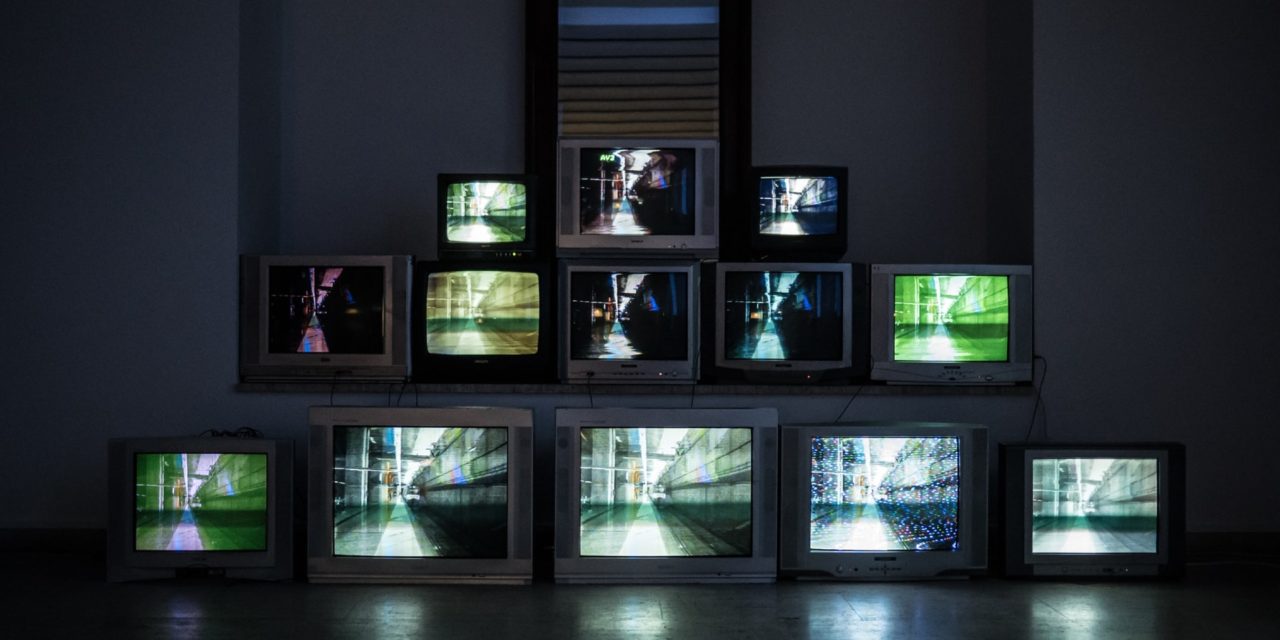[ad_1]
Nanotechnology is basically the manipulation of a matter or several matters on a molecular scale. The theory of the technology has been announced since the 1960's, but major researches and developments started during the 1980's. Its introduction to LED production is bringing quality achievements both in lighting solutions and for displays.
LEDs are the most energy-efficient lighting solution on the market, since LEDs convert the majority of energy into light. Still, about 20% of the light emitted by the diode is lost due the high refractive index of LEDs (a certain percentage of the light is reflected back inside the diode and is not emitted eventually). This rate usually depends on the components of the diode. To get this light otherwise lost within the diode, researchers – and recently adopted by manufacturers – used nanotechnology and created microscopic holes (roughly 400 times narrower than a human hair) on the surface of the diode, usually hundreds of thousands of holes on a single diode.
Since the introduction of Nano imprint technology to this process creating LEDs with nanotechnology it is cheaper and much faster compared to past solutions The so-called Nano LED is a more powerful and efficient LED solution, with definitely lighter emitted. Also, besides reducing the optical loss, recovered light leads to less heat built up within the diode. This way, LEDs can be packed closer to each other, and also have a generally longer lifespan. Another, additional benefit of Nano-LEDs is their high CRI, and a wider range of colour temperature.
An early application of the technology was not even in lighting solutions but in television displays, where nanotechnology resulted in a new generation of LED TVs. First LED televisions are not real LED solutions, they are actually LCD TVs with LED backlighting from the sides. With nanotechnology, LED TVs are created with a full array of LEDs, behind a panel of microscopic or nano dots letting light through emitted by LEDs. This way light is dispersed more evenly, giving the displayed picture more definition, clarity and smoothness. This technology also allows the display to be thinner: the first TV manufactured with the technology is the LG LEX8, which is only 0.88 cm thin.
Nanotechnology brings new, fascinating results regularly. In the field of lighting, one of the latest news is “nano-LEDs” grown as wires. This technology was accidentally discovered September 2010, when chemists Babak Nikoobakht and Andrew Herzing experimented with growing nano-wires horizontally. With the increased thickness of the gold catalyst, the nanowires grew a “nanowall”, which electrons can flow across. Charged with electricity the wires produced light, thus researchers named the phenomenon as “nano-LED”. This technology will allow adding lighting to microscopic solutions, yet its full scale of potentials is undiscovered.
Similarly interesting achievement of nanotechnology in lighting could be the solutions of Academia Sinica and the National Cheng Kung University in Taiwan, where professors implanted gold nanoparticles into leaves of trees, thus creating a bio-luminescent red light. These bio-LEDs need further development, but the aim is to create trees providing street light along roads. Presumable the trees would also absorb CO2 during the night, which is an additional level of photosynthesis.
Nanotechnology used for creating further lighting solutions is a promising future in the most unconventional forms of lighting. Biological lighting or organic lighting are both key perspectives in eco-friendly illumination, which makes research for lower cost and better performing LEDs crucial.
[ad_2]
Source by Anita Samuelis

